An Aberdeenshire family hope sharing how they tried to save the life of their much-missed father and grandfather during a 40-minute ambulance wait will help effect change in the system.
Harry de Vries was visiting family in Banchory when he suffered a fatal heart attack in the early hours of January 12.
The 78-year-old had travelled from his home in the Netherlands with his wife, Ria de Vries, to stay with his daughter Jeannette’s family – as they did at the start of every year.
When Mr de Vries fell ill, his daughter and son-in-law, Nick Ledger, were in Northern Ireland to attend a funeral.
And so it fell to his granddaughter Sophie, 18, to call 999 and start heart compressions as guided by the operator over the phone.
Her 16-year-old brother Timothy, who is first-aid trained through the Cadets, then took over CPR.
Though his case being regarded as “Immediately Life Threatening (ILT)” – the very highest level of priority – it took almost 40 minutes for paramedics to arrive.
Mr de Vries was pronounced dead by the medical team on their arrival at the home in Banchory.
An ‘unacceptable’ wait for Harry de Vries’ family
Nick and Jeannette received a call from their daughter at 5am to let them know Mr de Vries had died.
The couple had to scramble to get home, all the while talking to police and paramedics over the phone to arrange the next steps.
“Our children were fantastic, we’re very proud of them,” Nick said.
“But the fact it took 40 minutes for an ambulance to get to us is unacceptable, especially when we have a local ambulance service a five minute drive away.
“While they waited for the ambulance, Sophie and Timothy had to do CPR, which is emotionally and physically exhausting.
“Would it have made a difference if it came earlier? We don’t know.
“But it could make a difference to someone else who is in a life-threatening situation.”
Ambulances stacked up at ARI
A month after Mr de Vries’ death, the family decided to submit a complaint to the Scottish Ambulance Service (SAS).
They emphasised the crews who attended were professional, diligent and a credit to their profession.
But they are clear the wait time was not acceptable.
“We wanted to find out why it took 40 minutes,” Nick said.
“They got back to us exceptionally quickly and explained exactly what had happened.”
SAS responded within 48 hours and apologised for the time taken for the emergency resources to arrive.
In a letter, they detailed the call had come in at 3.59am on January 12.
The first available ambulance resources were dispatched at 4.01am.
They arrived at the family’s home in Banchory at 4.39am and 4.42am respectively.
The ambulance service explained the local crew from the town, and six other emergency ambulances, were all waiting at Aberdeen Royal Infirmary (ARI) to handover patients.
On this night, the average delay for handovers was one hour and 40 minutes.
Nick said: “They’ll be feeling the pain as well.
“When their assets are tied up it must be frustrating for them too.
“Those on the front line are very good at what they do, but they’re restricted by the system at the moment.”
He added: “We wanted to share our story to raise awareness of the situation in our region, especially NHS Grampian and ARI with the turnaround times.
“We want the people who can make change to be aware so they can action change – and so this doesn’t happen to anybody else.”
Change is ‘long overdue’
The family also raised the situation with their local MP Alexander Burnett who wrote to SNP health secretary Neil Gray.
Mr Burnett said: “This was a terrifying ordeal for the family to endure.
“No young person should ever be subjected to that trauma.
“I think it’s admirable they have brought this to public attention, in the hope that their story will lead to a change that’s long overdue.”
Mr Gray recognised incidences of ambulance stacking at ARI are among the worst in the country but no action points have been made so far.
What did SAS and NHS Grampian have to say?
A spokesperson for the Scottish Ambulance Service said: “We would like to express our deepest sympathies to Mrs Ledger and her family.
“We are very sorry for their loss.
“At the time of this call, ambulances arriving to ARI were experiencing delays of nearly three hours.
“It is extremely disappointing that despite extensive engagement with NHS Grampian, hospital delays at Aberdeen Royal Infirmary and Dr Gray’s Hospital continue to put significant pressure on the ambulance service across Grampian.
“These delays prevent our ambulance crews from getting back out on the road to treat other patients, such as Mr de Vries.”
NHS Grampian also shared condolences with the family.
And a spokesperson said the health board continued to work closely with SAS to reduce turnaround times and increase availability.
“The safety of patients, our staff, and those working for SAS has the highest priority,” they said.
“Mr De Vries’ tragic case emphasises the importance of 999 calls only being used for genuine emergencies such as his.”
They added: “In the event an ambulance needs to be released urgently to attend an emergency call, we have protocols and systems in place to allow the rapid release of SAS vehicles.
“When patients arrive at our hospitals they are seen based on clinical priority.
“Those in need of emergency care, for instance following a stroke or heart attack, are seen with the utmost urgency.
“Average ambulance turnaround times are in no way indicative of the time taken for emergency cases to be seen.”
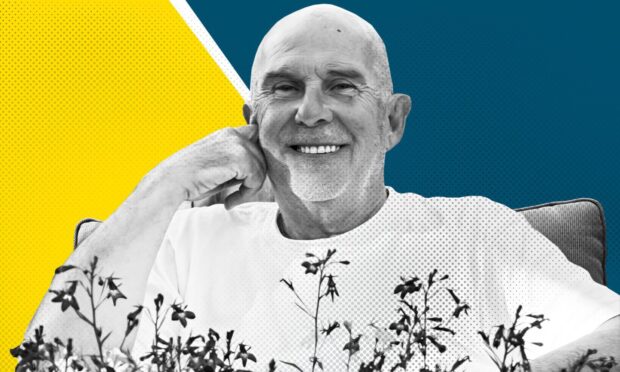
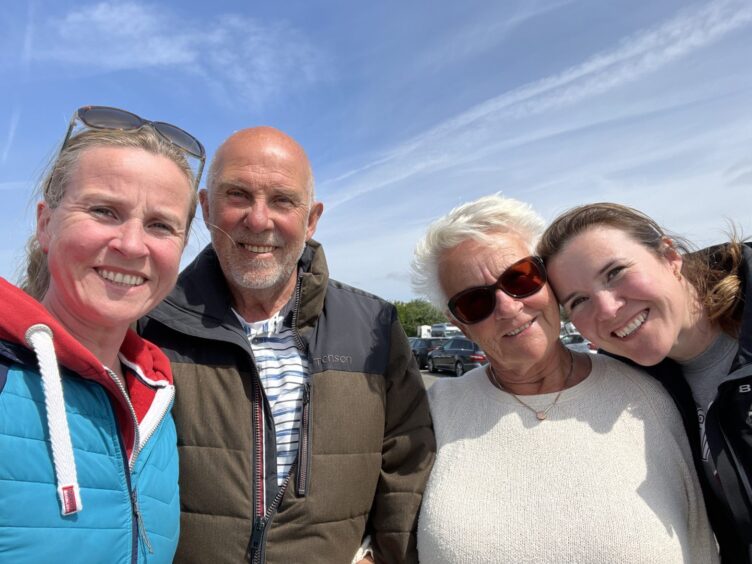
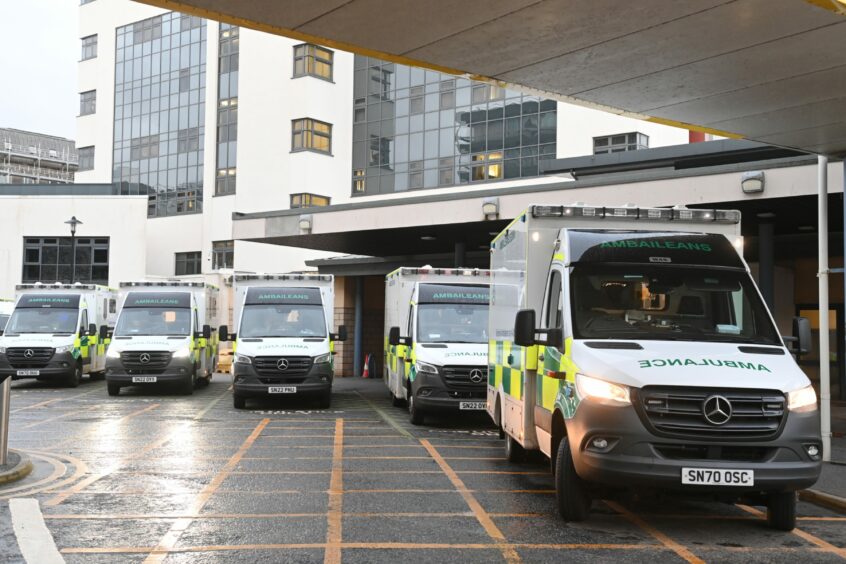
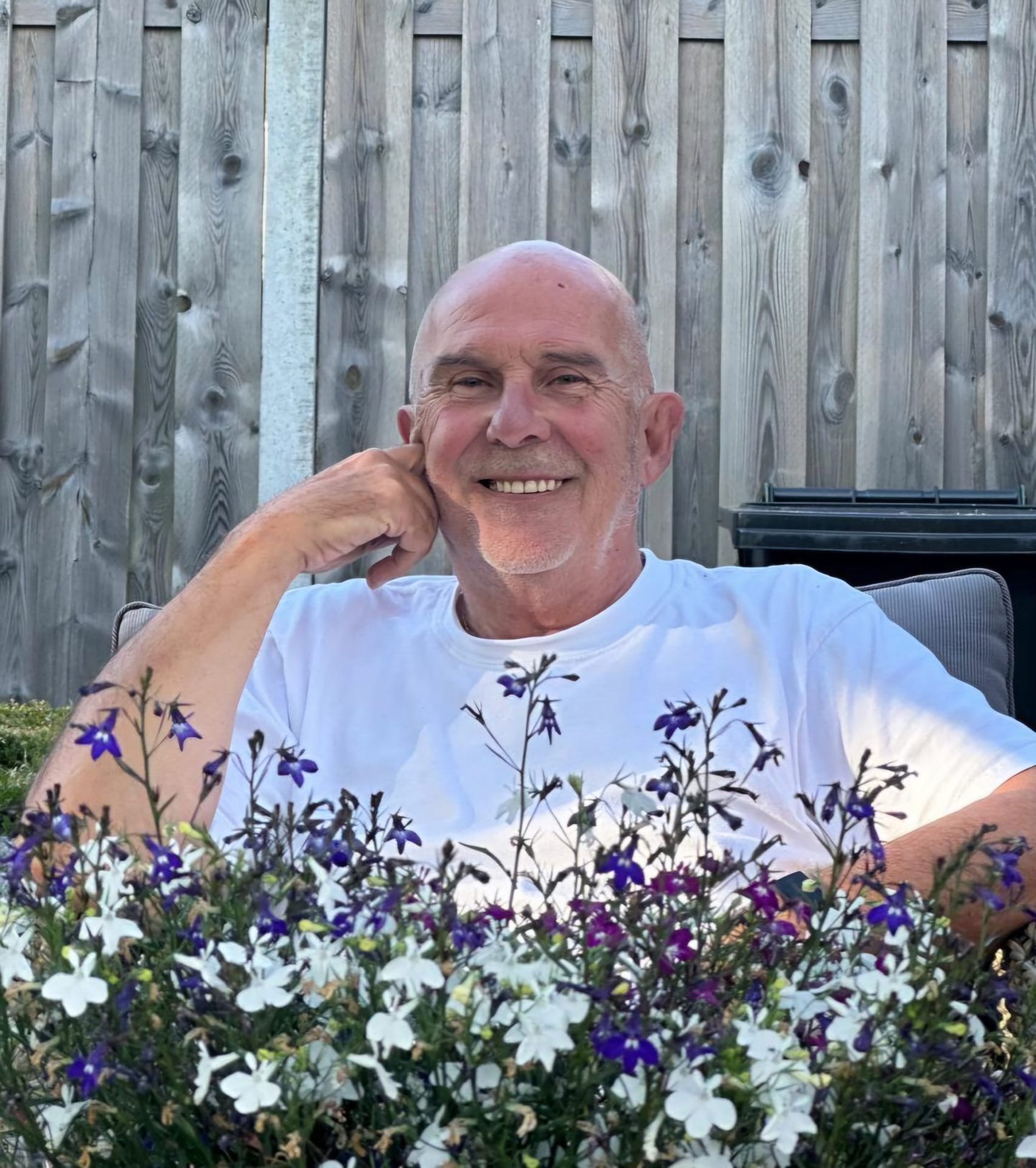
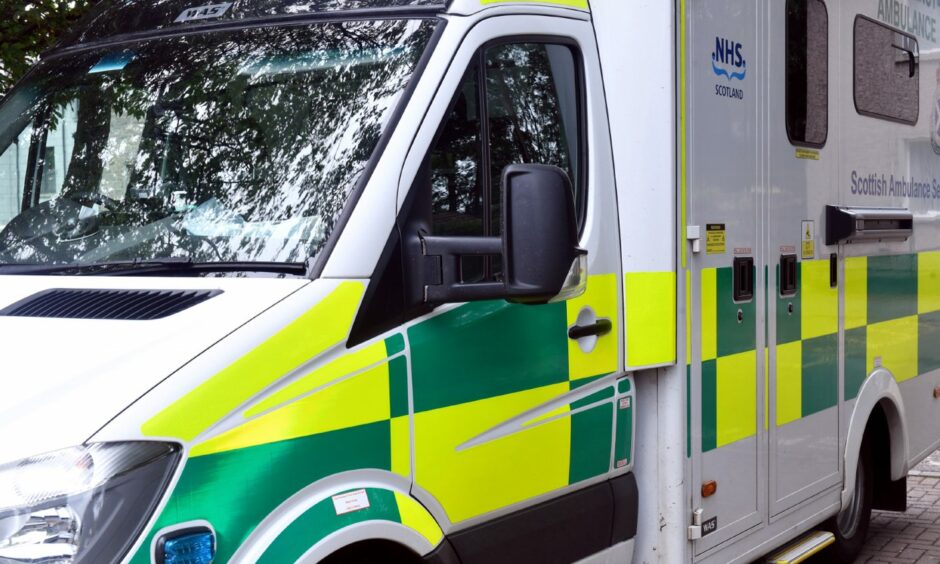
Conversation